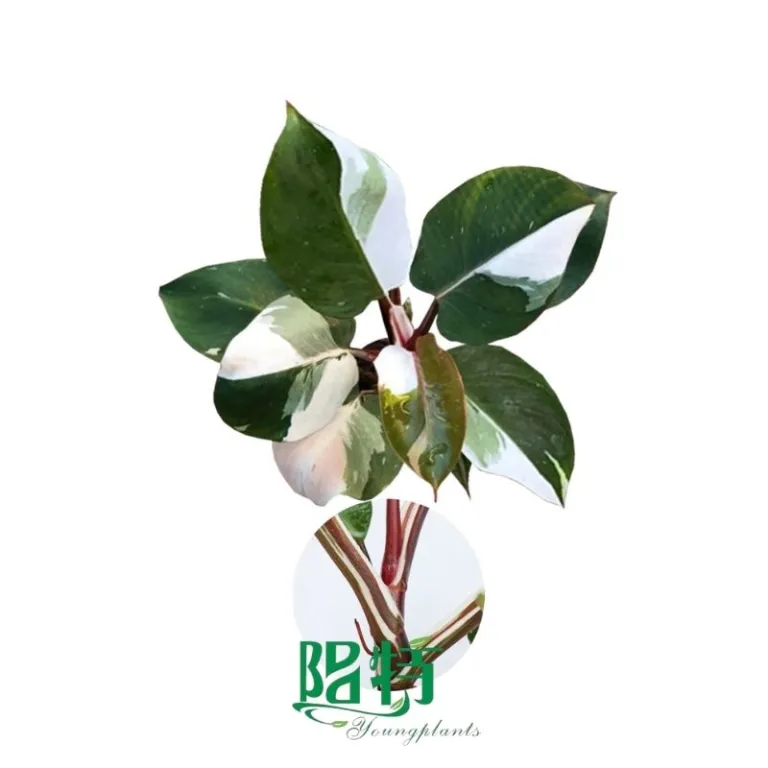Tissue culture, also known as micropropagation, has revolutionized the way plants are propagated in agricultural and horticultural industries. Philodendrons, popularly known for their lush foliage and ease of care, are no exception to the benefits that tissue culture can offer for their propagation.
Mass Production and Uniformity
One of the key advantages of using tissue culture for philodendron propagation is the ability to mass-produce plants in a controlled environment. Traditional methods of propagation, such as seed germination or stem cuttings, can be limited in terms of the number of plants that can be produced at a given time. With tissue culture, a small piece of plant tissue can be multiplied exponentially to produce a large number of identical plants. This not only helps meet the demand for philodendrons in the market but also ensures uniformity in plant quality.
Disease-Free Plants
Furthermore, tissue culture allows for the production of disease-free plants. Plant diseases can be a major concern in traditional propagation methods, leading to reduced plant health and productivity. By starting with a sterilized tissue culture, the risk of introducing pathogens into the plants is minimized. This not only benefits the grower by reducing the need for chemical treatments but also ensures that the plants are healthy and vigorous from the start.
Conservation of Rare Species
Another benefit of tissue culture philodendron propagation is the ability to preserve rare or endangered species. Many species of philodendrons are at risk due to habitat destruction and overcollection. Tissue culture provides a way to conserve these species in a controlled environment, allowing for their propagation and reintroduction into the wild if necessary. This is crucial for biodiversity conservation efforts and ensures that future generations can continue to enjoy the beauty of philodendrons in their natural habitats.
Genetic Improvement and Manipulation
In addition to conservation efforts, tissue culture also offers the potential for genetic manipulation and improvement of philodendron plants. Through techniques such as somatic embryogenesis and genetic engineering, traits such as disease resistance, faster growth, or unique foliage characteristics can be introduced or enhanced in philodendron species. This opens up exciting possibilities for breeders and researchers to develop new cultivars with desirable traits that may not be achievable through traditional breeding methods.
Conclusion
Overall, the benefits of tissue culture for philodendron propagation are vast and far-reaching. From mass production and disease-free plants to conservation efforts and genetic improvement, tissue culture offers a sustainable and efficient way to propagate philodendrons for commercial and conservation purposes. By incorporating tissue culture into their propagation practices, growers can not only enhance the quality and quantity of their plants but also contribute to the preservation and innovation of philodendron species for generations to come.

